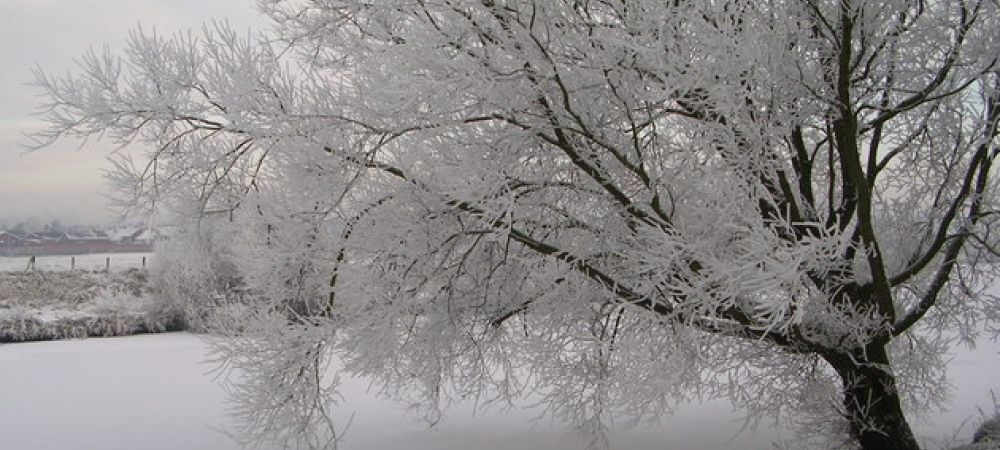Winter Tree Care in Colorado: Protecting from Snow, Ice, and Cold

Colorado winters bring fluctuating temperatures, heavy snow, and icy conditions that can stress trees. Proactive care in the winter months helps prevent breakage, sunscald, frost cracks, and moisture stress. This guide provides practical steps for protecting trees from snow and ice, winter watering, and emergency care after storm damage, helping homeowners maintain a healthy landscape year-round.
Snow and Ice Damage Prevention
Snow and ice can weigh down branches, especially on young or weak trees, causing breaks or structural damage.
- Prune dead or weak limbs before winter to reduce the risk of breakage.
- After snow or ice accumulation, gently remove buildup with a broom—never shake frozen branches, as this can crack bark.
- Avoid piling snow against tree trunks or heavy shrubs.
Tip: Preventive pruning in fall is easier and safer than fixing storm damage in winter.
Wrapping Young Tree Trunks
Young or thin-barked trees are vulnerable to sunscald and frost cracks caused by winter sunlight and freezing nights.
- Wrap trunks with breathable tree wrap or burlap from late fall through early spring.
- Keep wrap tight but not constrictive, and remove in spring once temperatures stabilize.
- Most at-risk species: maple, ash, fruit trees, and young evergreens.
Winter Watering Tips for Evergreens
Evergreens continue to lose moisture in winter through transpiration. Proper watering prevents dehydration, particularly during dry, wind-heavy periods.
- Water once every 3–4 weeks during dry spells when temperatures are above 40°F.
- Apply water at the root zone to avoid ice buildup around the trunk.
- Mulch around the base to conserve moisture and moderate soil temperature.
Even dormant trees need moisture—skipping watering can weaken roots and make trees more vulnerable to winter damage.
Identifying Storm Damage Risks
Winter storms can reveal pre-existing weaknesses in your trees. Early detection helps prevent catastrophic failures.
- Look for cracks in the trunk or large limbs.
- Watch for split branches or hanging debris.
- Remove smaller damaged limbs promptly to reduce stress on the tree.
Paragraph note: If multiple trees show structural weakness, consider a professional inspection to prevent accidents and long-term damage.
Emergency Steps After Breakage
If a branch or tree breaks during a storm, immediate action can limit damage:
- Remove hanging or loose branches carefully to prevent injury.
- Clean cuts with proper pruning techniques to avoid infection.
- Avoid over-pruning, which can stress the tree further.
For major breakage, or trees near structures and power lines, contact a professional arborist for safe removal and repair.
Common Mistakes to Avoid
- Ignoring weak limbs before winter: Leads to avoidable breakage.
- Shaking frozen branches: Causes bark cracks and can kill sections of the tree.
- Skipping winter watering: Roots dry out under dry snow or wind.
- Improper wrapping: Too tight or leaving wrap on too long can damage bark.
Winter tree care in Colorado is about prevention and protection. Proper pruning, trunk wrapping, winter watering, and emergency response ensure trees survive cold months without unnecessary damage.
Professional tree care services can provide inspection, treatment, and ongoing maintenance to protect your trees throughout winter and beyond. Investing in these steps now results in stronger, healthier trees ready for spring growth.
